Large Capacity Hiking Backpack: Buyer’s Guide, Top Picks, and Pro Packing Tips 🏔️
Choosing the right large capacity hiking backpack matters because, ultimately, comfort and safety depend on it. Moreover, the correct fit helps you hike farther, carry smarter, and enjoy the trail. In this guide, you’ll learn how to size a pack, what features to prioritize, and how to pack efficiently so your kit rides balanced all day.
What “Large Capacity Hiking Backpack” Really Means (and When You Need One)
For most backpackers, “large” refers to 50–80 liters. Typically, weekend trips use 50–60L, whereas week-long treks or winter routes often require 65–80L. However, trip length isn’t the only variable. Because cold weather gear is bulkier, you may need more volume even for short itineraries. Conversely, ultralight kits allow a smaller pack for the same route.
Additionally, consider resupply points. If you can restock every two days, you can carry less food and downsize. If not, plan extra liters for calories, fuel, and water.
- NOT YOUR BASIC BACKPACK: Feature rich at this price point; Comfort and balanced backpack for men and women.
- TETON TOUGH: The best memories are made with the great durable gear; Perfect for any Adventure; comes in 65L, 75L or 85L…
- CUSTOM COMFORT: Multi position torso adjustment fits medium and tall adventurers; Durable open-cell foam lumbar pad and …
Fit First — How to Size a Large Capacity Hiking Backpack 👣
A great suspension carries weight; a poor one carries pain. Therefore, start with torso length and hip measurement:
- Measure torso length from C7 vertebra (bony bump at the base of your neck) to the top of your hip bones.
- Choose the right size frame (S/M/L or adjustable). Many packs allow torso micro-adjustments; use them.
- Fit the hip belt so it wraps your iliac crest; most weight (≈60–80%) should ride on your hips, not your shoulders.
- Tighten shoulder straps, then set load lifters at ~45°. Finally, snug the sternum strap to stabilize.
For a step-by-step visual, see REI’s fitting guide (external resource above). Because proper fit reduces hot spots and fatigue, never skip this step.
👉 You may be interested in: RFID Blocking Wallet: Top Picks, Features & Safety
Must-Have Features in a Large Capacity Hiking Backpack 🔍
Suspension That Actually Works
Look for an internal frame with aluminum stays or a stiff frame sheet. Furthermore, ventilated back panels increase airflow in hot climates. When testing, load 25–35 lb and walk; if the pack squeaks, digs, or bounces, try another.
Access That Saves Time
Top-loader designs are classic; nevertheless, U-zip or J-zip front access prevents full “yard sales” when you need your stove. Side zips help, too.
Pockets With a Purpose
Hip-belt pockets for snacks and GPS, stretch side pockets for bottles, and a front shove-it pocket for a rain jacket. Additionally, inside sleeves for hydration reservoirs simplify water management.
Weather Protection
Water-resistant nylon (210–420D) is standard; however, taped seams and included rain covers add real-world protection. In stormy regions, consider a pack liner or dry bags.
External Carry Options
Because hard goods are bulky, check for ice-tool loops, trekking-pole bungees, sleeping-pad straps, and daisy chains for modularity.
- Rugged Durable Construction: The tactical backpack is made from strong water-resistant materials and features double sti…
- Ample Storage and Organization: 50L, measuring 21.6″ x 12.9″ x 12.6″, large enough for your 3-5 days outdoor activities …
- Comfortable and Ergonomic Design: Our army assault pack is designed with comfort in mind, featuring padded shoulder stra…
Large Capacity Hiking Backpack vs. Alternatives
- Large hiking packs (50–80L): best for multi-day trips, winter loads, or guiding.
- Mid-volume (40–50L): great for fast-and-light weekends.
- Expedition (80–100L): niche for mountaineering or group gear.
If you constantly stuff an overfilled 50L, step up. Conversely, if your 70L always rattles half empty, size down to reduce pack weight and bulk.
Top Large Capacity Hiking Backpack Models (Editor Picks) 🌟
All weights and volumes are approximate. Always test-fit with a real load.
Osprey Atmos AG 65 / Aura AG 65
- Why it stands out: Anti-Gravity mesh carries weight comfortably and ventilates well.
- Best for: 3–5 day trips where comfort is king.
- Trade-off: Not the lightest; price sits mid-to-high.
Deuter Aircontact Lite 65+10
- Why it stands out: Classic durability with generous volume expansion.
- Best for: Travelers who value proven toughness.
- Trade-off: Heavier than modern ultralight options.
Gregory Baltoro 65 / Deva 60
- Why it stands out: Customizable hip belts and robust frames for heavy loads.
- Best for: Photographers or winter backpackers hauling 40–50 lb.
- Trade-off: Bulkier; prioritize fit dial-in.
Hyperlite Mountain Gear 4400 (≈70L)
- Why it stands out: Dyneema Composite Fabric keeps weight low and water out.
- Best for: Ultralight hikers who still need big volume.
- Trade-off: Sparse pockets; premium price.
The North Face Banchee 65
- Why it stands out: Balanced weight, clean pocket layout, fair price.
- Best for: Weekend to week-long treks on a budget-friendly curve.
- Trade-off: Less supportive for very heavy loads.
- Material:This 75L backpacking backpack is made of 600D Polyester,YKK Zipper,Rain cover included
- Hydration Compartment:This hiking backpack with hydration compartment and can hold a 3 Liter bladder , the tube is fed t…
- MOLLE Webbing:This is a military tactical backpack that You can hang on tools,trekking poles,tents,sleeping bags,and oth…
Smart Packing for a Large Capacity Hiking Backpack 🎒
Packing well is as important as choosing wisely. Consequently, follow this blueprint:
Bottom Zone — Sleep System
Stuff your sleeping bag and puffy layers inside a dry bag at the base. Because they’re light yet bulky, they cushion the load.
Core Zone — Heavy but Dense
Place your food bag, cook kit, and bear canister close to your spine. Therefore, the center of gravity stays near your body, improving balance.
Top Zone — Quick-Grab Essentials
Add rain jacket, first-aid kit, map, and headlamp. Additionally, stash lunch here for easy stops.
External & Pockets — Tools and Hydration
Keep water in a reservoir sleeve or two bottles. Trekking poles attach to side loops. Hip-belt pockets hold snacks and sunscreen. Finally, the front mesh pocket carries wet gear to dry as you hike.
Pro Tip: Use packing cubes or color-coded stuff sacks so you find items instantly. Moreover, re-pack each morning the same way; muscle memory saves time.
Safety & Comfort With a Large Capacity Hiking Backpack 🧠
Because large packs can tempt overpacking, set a target base weight. For three-season backpacking, aim for <20 lb base, then add food and water.
- Pace yourself. Start conservatively on day one. Consequently, your shoulders and hips adapt without protest.
- Micro-adjust often. Every 45–60 minutes, loosen the hip belt briefly, then retighten. This restores blood flow.
- Mind your footing. A taller load raises your center of gravity; therefore, keep steps short on talus and roots.
- Train beforehand. Practice with the actual load during local hikes. As a result, trail day surprises vanish.
- High-Quality Material:Hiking backpack is made of high quality rip-stop 210d nylon fabric,which is water resistant,tear r…
- Ergonomic and Comfortable Design:Thicker padded back with ergonomic breathable design paired with adjustable, breathable…
- Large Capacity & Multi Compartment: Maelstrom Hiking Daypack provides several pockets for handy storage and convenient o…
Care and Maintenance for Your Large Capacity Hiking Backpack 🧼
Post-Trip Routine
Empty crumbs and grit. Then wipe the interior with a damp cloth. Spot-clean exterior mud using mild soap. Finally, air-dry fully out of direct sun.
Hardware TLC
Lubricate zippers with silicone if they feel gritty. Moreover, check ladder locks, buckles, and stay sleeves. Replace worn straps early; small failures become big ones on day three.
Storage
Loosen all straps and store hanging or stuffed loosely. Because UV degrades nylon, keep it in a cool, dark closet. Add a cedar block to deter odors.
Budget, Sustainability, and When to Upgrade 💸🌱
If you’re new, don’t overspend. Instead, buy last-season colors or certified used. Many brands (e.g., REI Used) offer savings without sacrificing warranty. Additionally, seek bluesign® or recycled fabrics to lower your footprint.
Upgrade when:
- The hip belt no longer fits after body changes.
- Your trips shift to winter or alpine routes.
- Seams, frame, or foam show structural fatigue.
FAQs About Large Capacity Hiking Backpacks❓
Do I need a rain cover?
Usually yes. Although many fabrics resist drizzle, sustained rain soaks seams. Therefore, pair a cover with a liner for redundancy.
Bottles vs. reservoir?
Reservoirs encourage steady sipping; however, bottles are simpler and don’t leak as easily. Choose based on your style and climate.
How heavy is too heavy?
As a rule of thumb, try to keep total pack weight ≤ 20–25% of body weight. Otherwise, reduce duplicates, swap to lighter versions, or resupply more often.
Can I use a large capacity hiking backpack for travel?
Absolutely. Moreover, with packing cubes and a rain cover, it becomes a rugged travel duffel. Just confirm airline size limits.
Sample Packing List for a 3–5 Day Trek ✅
- Shelter: tent or tarp, stakes, footprint
- Sleep: 20–30°F bag, inflatable pad, liner
- Kitchen: stove, fuel, pot, spoon, lighter, filter
- Clothing: base layers, mid-layer fleece, puffy, rain jacket, extra socks
- Health & Safety: first aid, blister kit, map/compass/GPS, headlamp, whistle
- Food & Water: 2–3 L capacity, 2500–3500 kcal/day
- Extras: trekking poles, small repair kit, phone + power bank, sun and bug protection
Because every route differs, tailor this list to weather, terrain, and regulations.
With the right large capacity hiking backpack, you’ll distribute weight comfortably, move confidently, and, most importantly, enjoy the journey. Pack with intention, adjust often, and the miles will feel lighter. Happy trails! ⛰️🌲

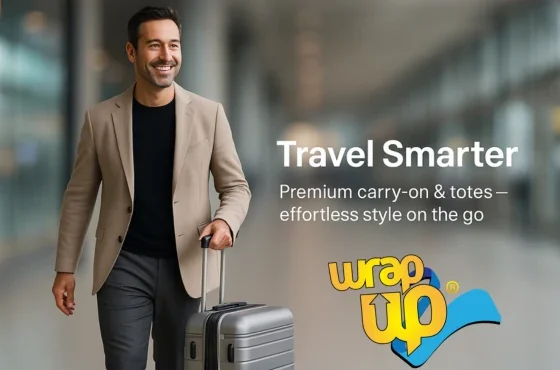
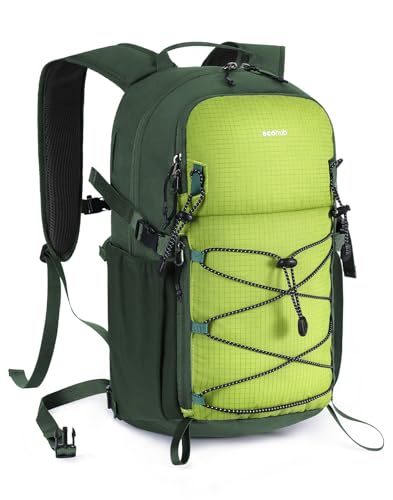














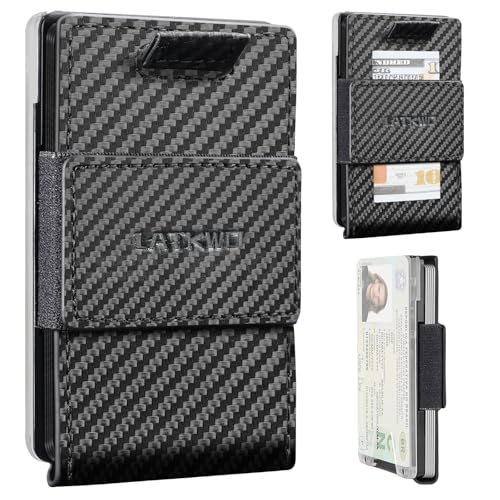
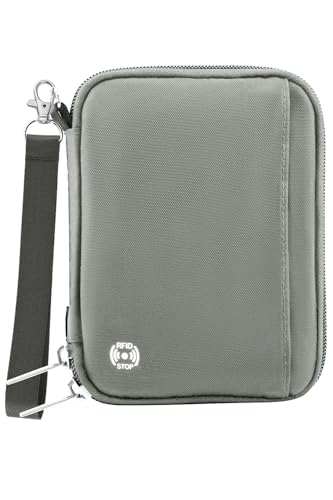
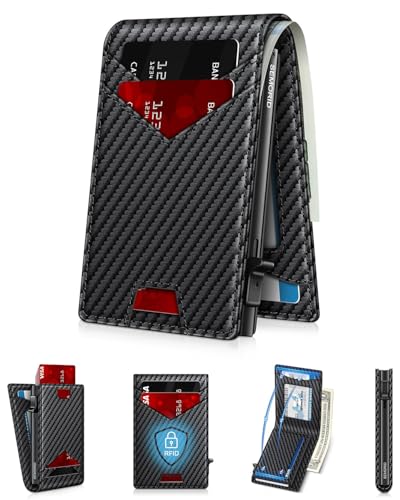
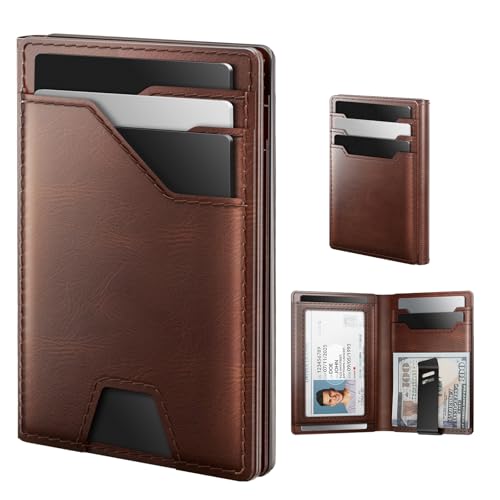







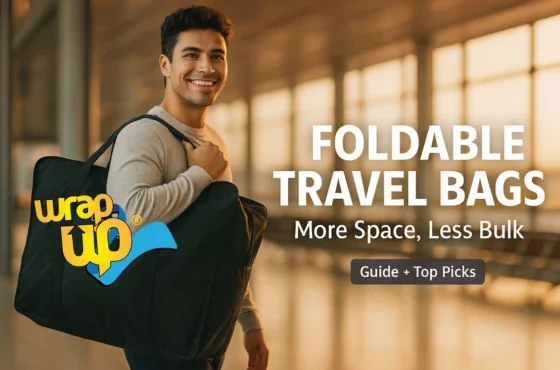

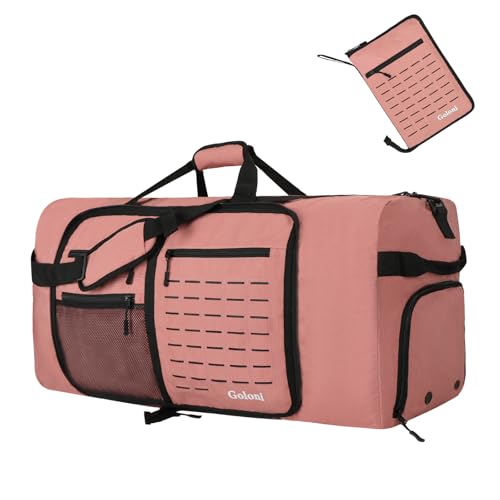











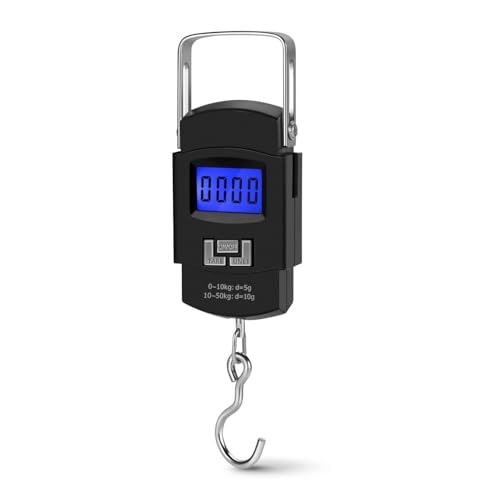






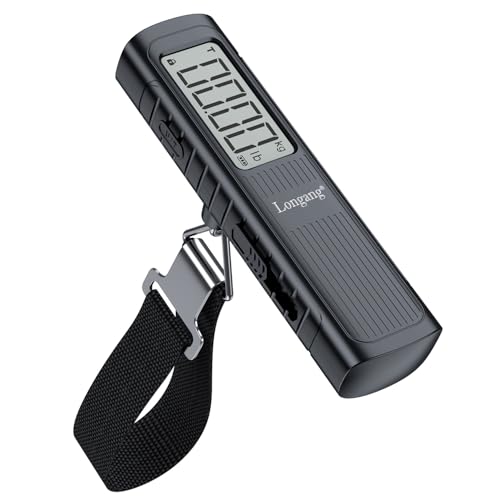



















Recent Comments